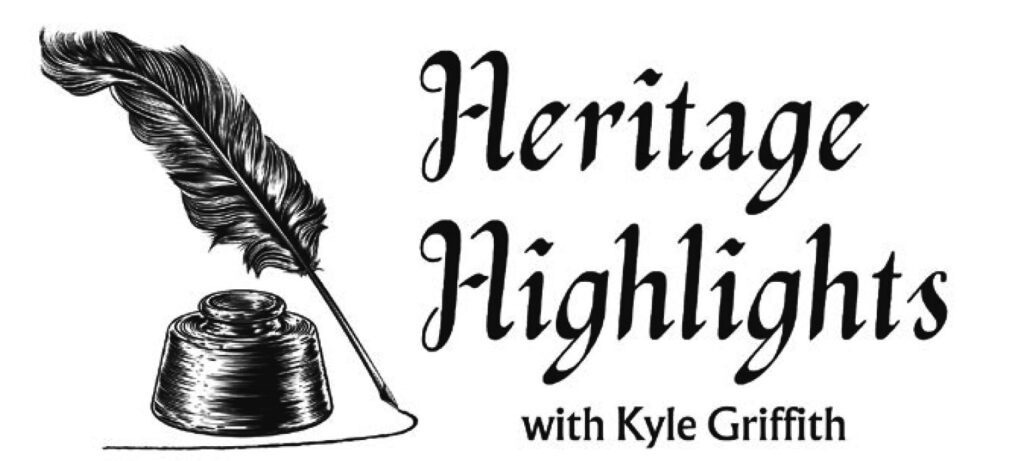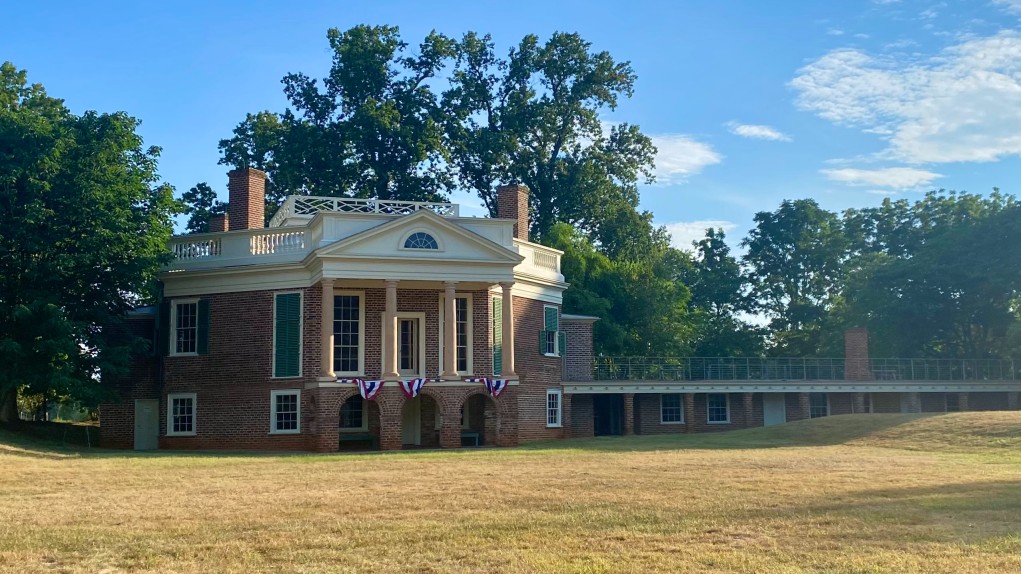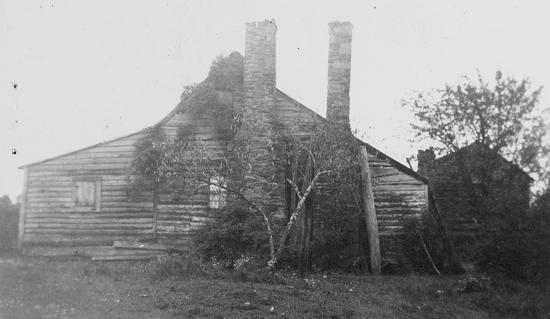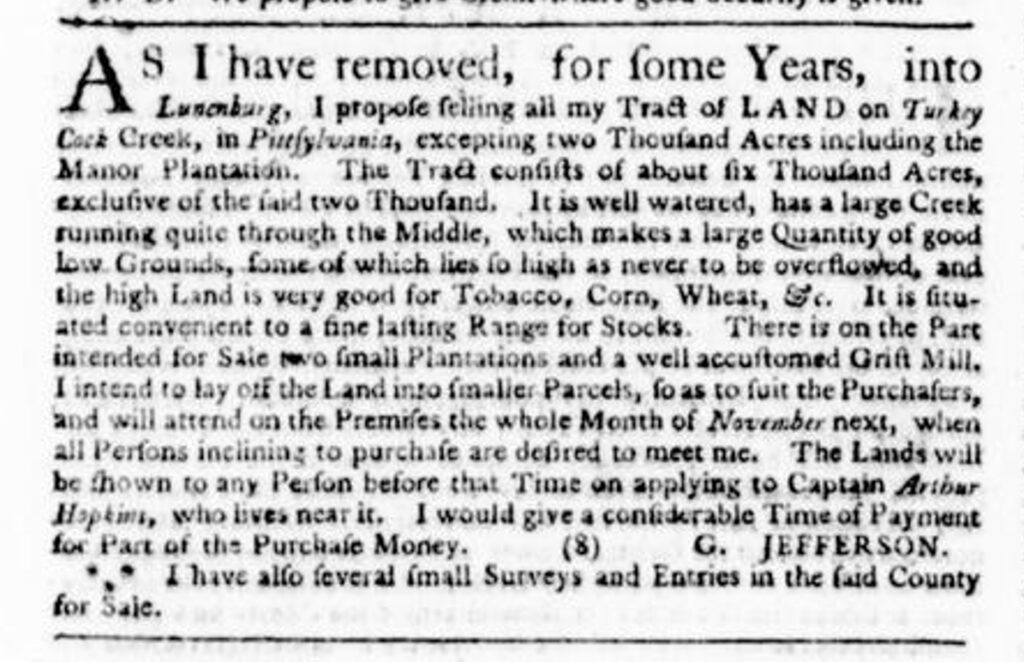
**This research was first published in the July 17, 2024 edition of the Chatham Star-Tribune newspaper as part of Kyle Griffith’s weekly segment entitled “Heritage Highlights.”
1750s map of Pittsylvania County, then part of Lunenburg. See Wart Mountain at the bottom left edge.
Over 280 years ago, all of the land “along Wart Mountain, under the Blue Ledge” comprising about 34,000 acres was under the administration of William Randolph II and a couple other planters. Today, this location is known as Bull Mountain in Patrick County near the Blue Ridge Mountains. In 1739 an influential Virginian named Peter Jefferson (1707-1757) married Col. Randolph’s niece, Jane Isham Randolph. Together they raised many children, including a future Founding Father named Thomas Jefferson. In 1740 Peter Jefferson, along with planters Ambrose Smith and Charles Lynch were granted 15,000 acres joining Col. Randolph’s. This vast acreage included a tract along Staunton River that was purchased by John Smith around 1755. The land became known as “The Pocket” plantation near Smith Mountain.
In 1768, a nephew of Peter Jefferson named George Jefferson (1739-1780) of Mecklenburg purchased 8,000 acres on Turkey Cock Creek. The county of Pittsylvania had just been formed the year prior. George Jefferson was among the first court judges in the county and took early tithable records, which listed individuals (and sometimes property) subject to tax. Between 1767 and 1770, George Jefferson served as a captain of the county militia along with a list of other military officers including Capt. John Pigg (family namesake of Pigg River on the map) and Capt. Crispen Shelton.
George Jefferson soon advertised 6,000 acres of land in Pittsylvania for sale in the Virginia Gazette newspaper. An article from 30 July 1772 detailed “As I have removed, for some years, into Lunenburg, I propose selling all my tract of land on Turkey Cock Creek, in Pittsylvania, excepting two thousand acres including the manor plantation. The tract consists of about six thousand acres, exclusive of the said two thousand. It is well watered, has a large creek running quite through the middle, which makes a large quantity of good low grounds… and the high land is very good for tobacco, corn, wheat, &c. It is situated convenient to a fine lasting range for stocks.” Also “two small plantations and a well accustomed grist mill. I intend to lay off the land into smaller parcels, so as to suit the purchasers, and will attend on the premises the whole month of November next…” See the original article here:
George Jefferson’s full newspaper advertisement from 1772
In 1773, Thomas Jefferson inherited over 4,800 acres of land from his wife’s Wayles relatives in Bedford County, on which he designed an octagonal brick dwelling he called Poplar Forest. In a letter from 1811, he stated: “…I visit three or four times a year, & stay from a fortnight to a month at a time. I have fixed myself comfortably, keep some books here…am in the solitude of a hermit, and quite at leisure to attend to my absent friends.” This past Fourth of July (2024) I had the opportunity to camp 18th century style on the property and take part in historical interpretation for their Independence Day Celebration.

Thomas Jefferson’s Poplar Forest near Lynchburg, Virginia
Some of George Jefferson’s land was purchased by his brother Peterfield Jefferson (1735-1794). Like his relatives, Peterfield also worked as a surveyor and a justice of the peace. He resided in a small log home built of two rooms with two upper loft rooms. In the 1930s, a surveyor from the Virginia Historical Inventory documented the home’s location three miles east of Museville on 729 acres of land purchased from Samuel Calland in 1787. Whether it still stands is unlikely. Peterfield was married to Elizabeth B. Allen (1739-1828) and raised a large family whose descendants now number in the thousands. This branch of Jeffersons settled the Callands vicinity and merged with other local families such as Berger, Carter, Kendrick, and Rigney. Therefore, people with history in Callands are likely to connect to the Jefferson family. I am also one of the many descendants through Peterfield’s son John, then John’s son Noton, and then Noton’s daughter Delaware Jefferson (1838-1881).
By having deep roots in Virginia, interesting genealogical connections such as these are sprinkled in with the hundreds and thousands of different stories formed by our forefathers. It’s an entertaining thought concerning the extended Jefferson family–many of whom were average farmers–about how they felt when hearing news of their presidential cousin in “Washington City.” Jefferson relatives today are so removed from the generations alive during Peterfield’s time that the shared DNA is less than 0.1%. However, the connection still stands, and many Virginians would not be alive today if it were not for their ancestor Capt. Thomas Jefferson (1677-1731), a grandfather and namesake of the third U.S. president.

Old log home of Peterfield Jefferson updated with new siding, metal roofing, and modern porch. The survey estimates the log portion to have been constructed around 1790. Photo courtesy of Virginia Historical Inventory, 1938.
Home of Samuel Jefferson (1776-1856), son of Peterfield. The survey estimates the home to have been constructed around 1811. The tall stone chimneys give the house a lot of character. Photo courtesy of Virginia Historical Inventory, 1937.



